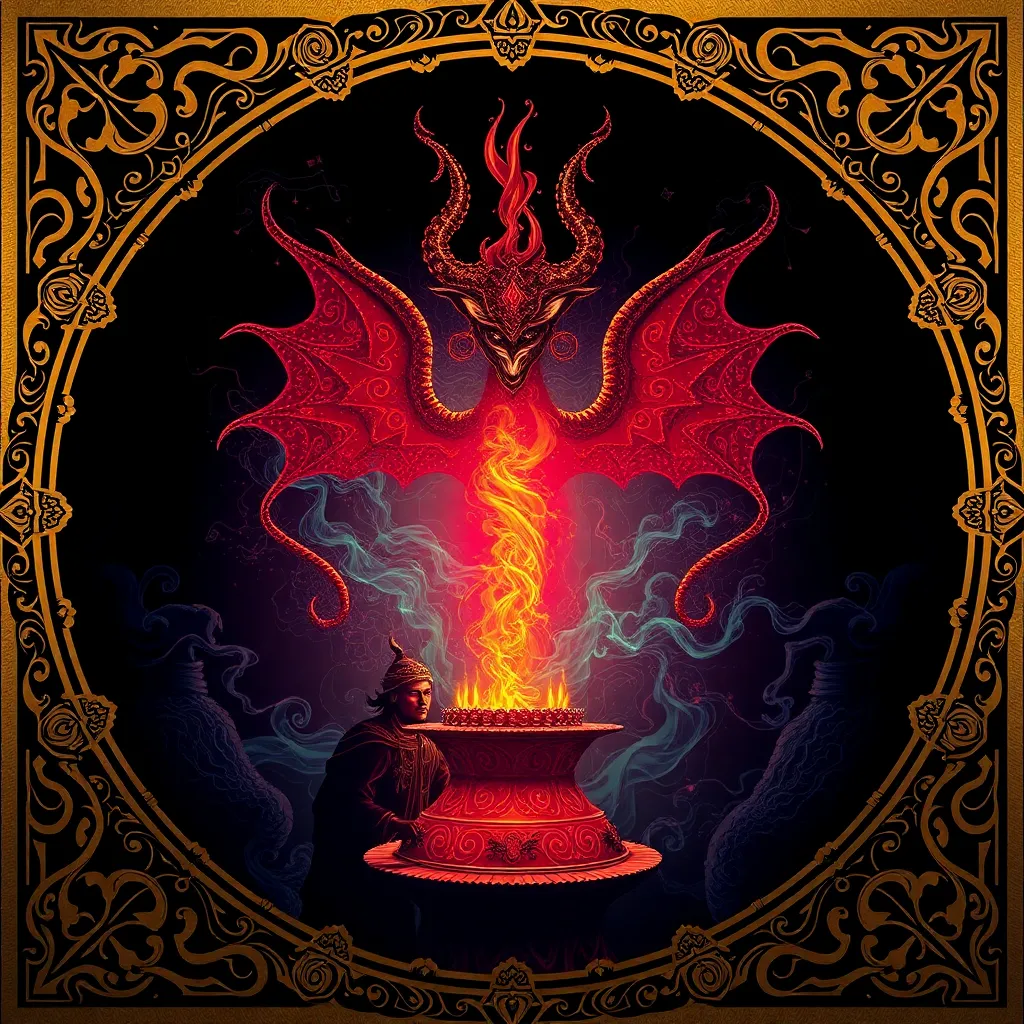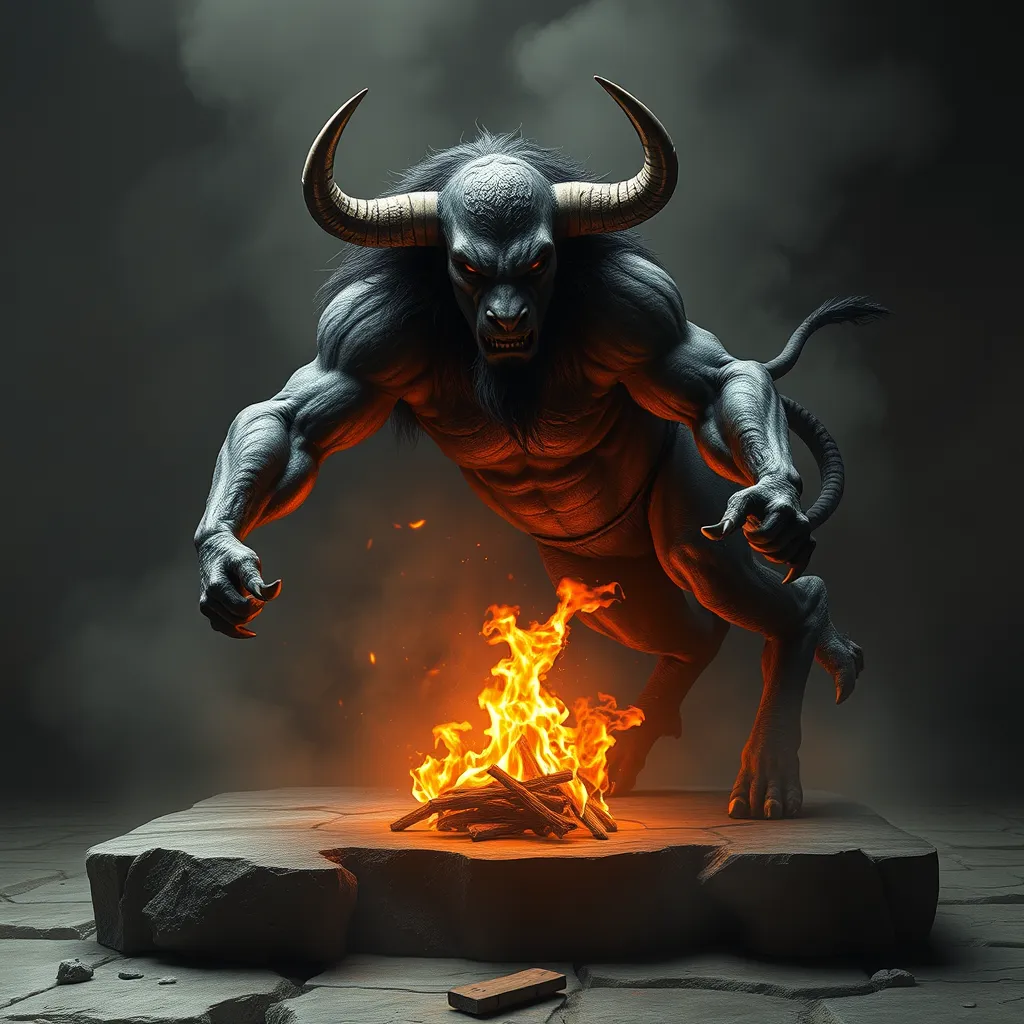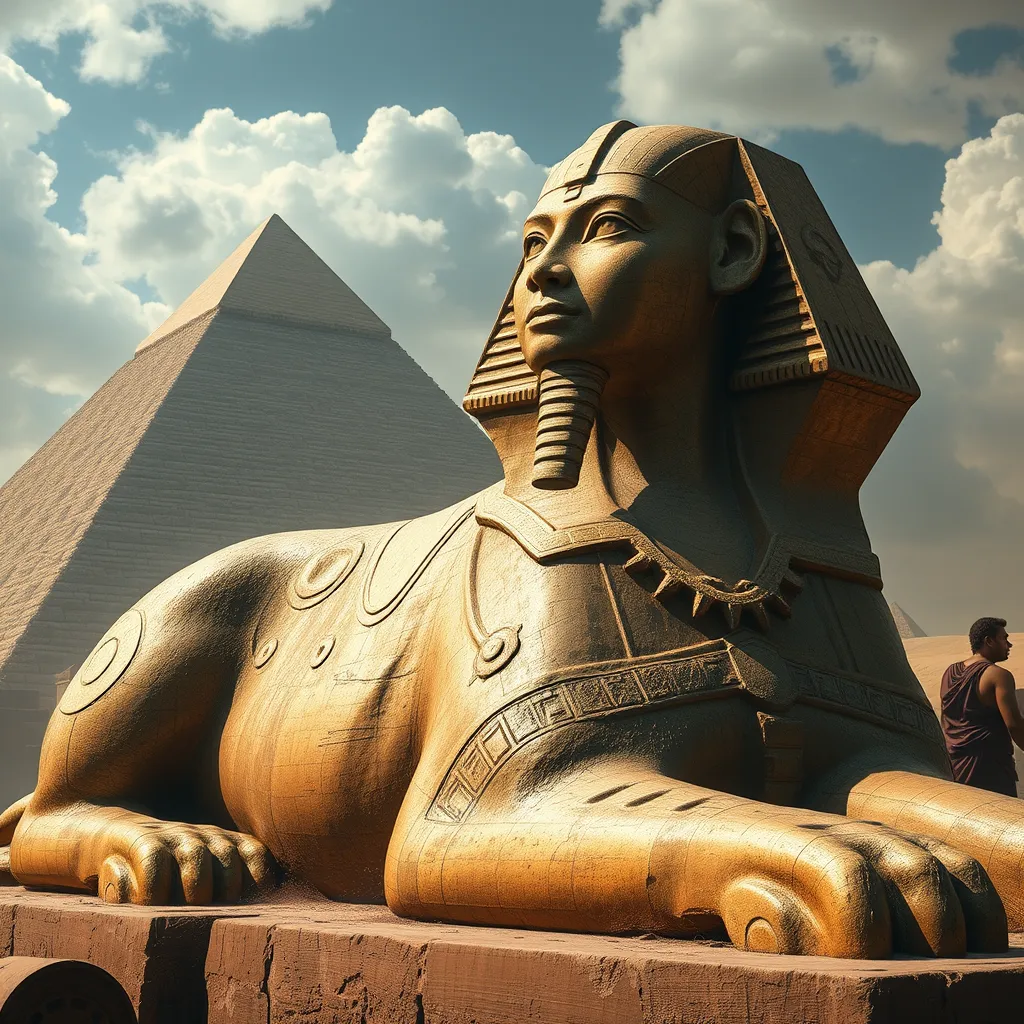The Secrets of the Djinn: Unraveling the Mysteries of the Ifrit
I. Introduction to Djinn and Ifrit
The concept of Djinn has fascinated cultures across the globe for centuries. In mythology, Djinn are supernatural beings created from smokeless fire, possessing free will and the ability to influence the human world. They can be benevolent or malevolent, often embodying the complexities of morality.
Within this broad category, the Ifrit stands out as a particularly powerful and fiery type of Djinn. Traditionally portrayed as a creature of immense strength and cunning, Ifrit are often depicted in tales as both adversaries and allies to humans.
The cultural significance of Djinn, particularly Ifrit, remains relevant today, as they continue to inspire stories, films, and discussions about the nature of good and evil, the unseen forces in our world, and the boundaries of human understanding.
II. Historical Origins of Djinn and Ifrit
The origins of Djinn can be traced back to ancient texts, including the Quran and pre-Islamic Arabian folklore. The earliest mentions of these beings highlight their enigmatic nature and their role in the spiritual and material worlds.
Over time, Djinn have evolved in folklore, adapting to the cultural contexts of various civilizations. The Ifrit, in particular, has its roots in Arabic mythology, where it is depicted as a formidable entity known for its prowess and magical abilities.
In religious texts, Ifrit are often seen as guardians of fire and chaos, embodying both destruction and creativity. They serve as a reminder of the duality present in all aspects of life, from the spiritual to the mundane.
III. Characteristics of Ifrit
Ifrit possess distinct characteristics that set them apart from other Djinn. They are typically described as large, imposing figures with fiery attributes, often associated with heat and flames. Their physical descriptions may include:
- Large, muscular build
- Eyes that glow like embers
- Skin that radiates heat
The powers and abilities of Ifrit are vast, often including:
- Control over fire and heat
- Shape-shifting capabilities
- Exceptional strength and combat skills
- Magical prowess
Unlike other types of Djinn, Ifrit are often viewed as more volatile and aggressive, making them formidable figures in both mythology and folklore.
IV. Ifrit in Literature and Popular Culture
Ifrit have made their mark in classic literature, most notably in “One Thousand and One Nights,” where they are portrayed as powerful beings that can grant wishes or wreak havoc. This portrayal has cemented the Ifrit’s place in the literary canon as a symbol of untamed power.
In modern adaptations, Ifrit have appeared in various films, books, and video games, often portrayed as antagonists or complex characters with their own motivations. This includes:
- Fantasy novels that explore Djinn lore
- Video games featuring Ifrit as summonable creatures
- Films that depict Ifrit in action-packed narratives
These contemporary portrayals have significantly influenced public perception, often romanticizing or demonizing the Ifrit depending on the narrative context.
V. The Role of Ifrit in Folklore and Mythology
Ifrit are often depicted as tricksters, embodying the complexities of morality and the consequences of human actions. Their role as tricksters carries moral implications, serving as cautionary figures in many tales.
The relationships between Ifrit and humans vary widely, ranging from adversarial to cooperative. Common themes in folklore include:
- Encounters with travelers who summon an Ifrit
- Legends of heroes defeating Ifrit to gain power or knowledge
- Stories of humans striking bargains with Ifrit for their own gain
These tales often showcase the unpredictable nature of Ifrit, reinforcing the idea that engaging with such powerful beings has inherent risks.
VI. Rituals and Beliefs Surrounding Ifrit
Throughout history, various cultures have developed rituals intended to summon or appease Ifrit. These practices often include:
- Chanting specific incantations
- Performing ceremonies at specific times, such as during a full moon
- Offering sacrifices or gifts to the Ifrit
However, engaging with Ifrit is not without its dangers. Cultural taboos often warn against summoning these beings, as they can bring about misfortune or chaos if not treated with respect. Amulets and charms are commonly used for protection against the wrath of Ifrit, signifying the deep-seated belief in their power.
VII. Modern Interpretations and Symbolism of Ifrit
In contemporary discussions, Ifrit are often analyzed from psychological and sociological perspectives. They symbolize the chaotic aspects of human nature, embodying the struggle between order and disorder in society.
Ifrit also represent transformation, as they can bring about significant changes in both individuals and communities. Their ongoing fascination in modern culture highlights a collective intrigue with the unknown and the mystical.
VIII. Conclusion: The Enduring Legacy of Ifrit
The exploration of Ifrit and Djinn reveals key insights into human culture, morality, and the supernatural. As figures of immense power and complexity, Ifrit continue to resonate in modern narratives and discussions.
Their relevance in today’s world reflects a timeless fascination with the mysteries of existence and the forces that shape our lives. As we continue to unravel the secrets of Djinn, the tales of Ifrit serve as a reminder of the delicate balance between humanity and the unseen realms that surround us.
In summary, the Ifrit’s legacy as a powerful symbol of chaos, transformation, and morality remains unbroken, inviting further exploration into the enigmatic world of Djinn.



